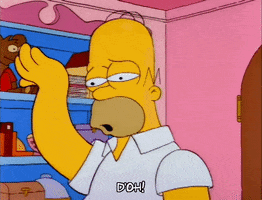I do not know if this standard is a curate for the Hanna. See this post earlier in the thread:

DIY alkalinity standard
For folks who may want to evaluate the accuracy of their alkalinity test kits, here are two suggested ways to do it. One is DIY and one is a mostly commercial standard with one DIY step. Method 1 Standard solutions could be made with sodium bicarbonate, but it can be hard to be sure it hasn't...www.reef2reef.com

Don't know how I missed that! Thanks for bringing it to my attention

















